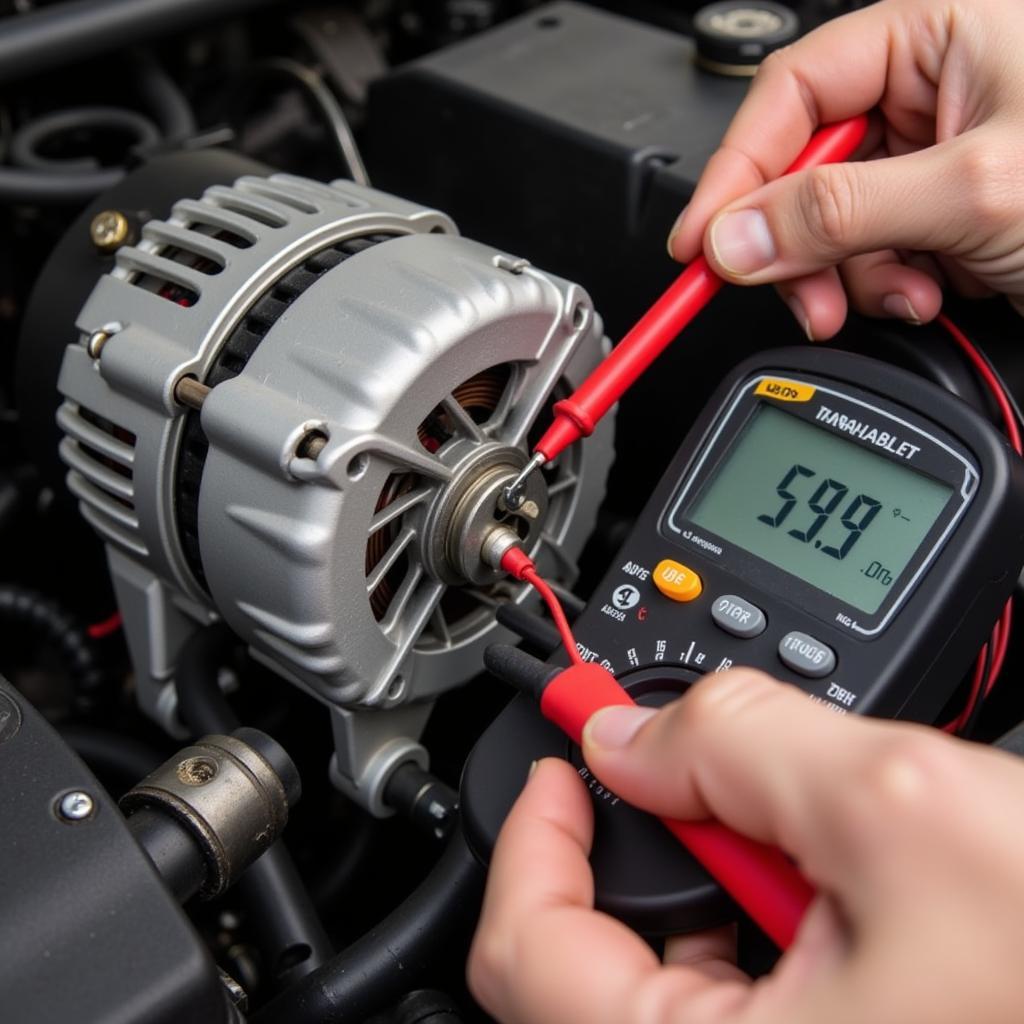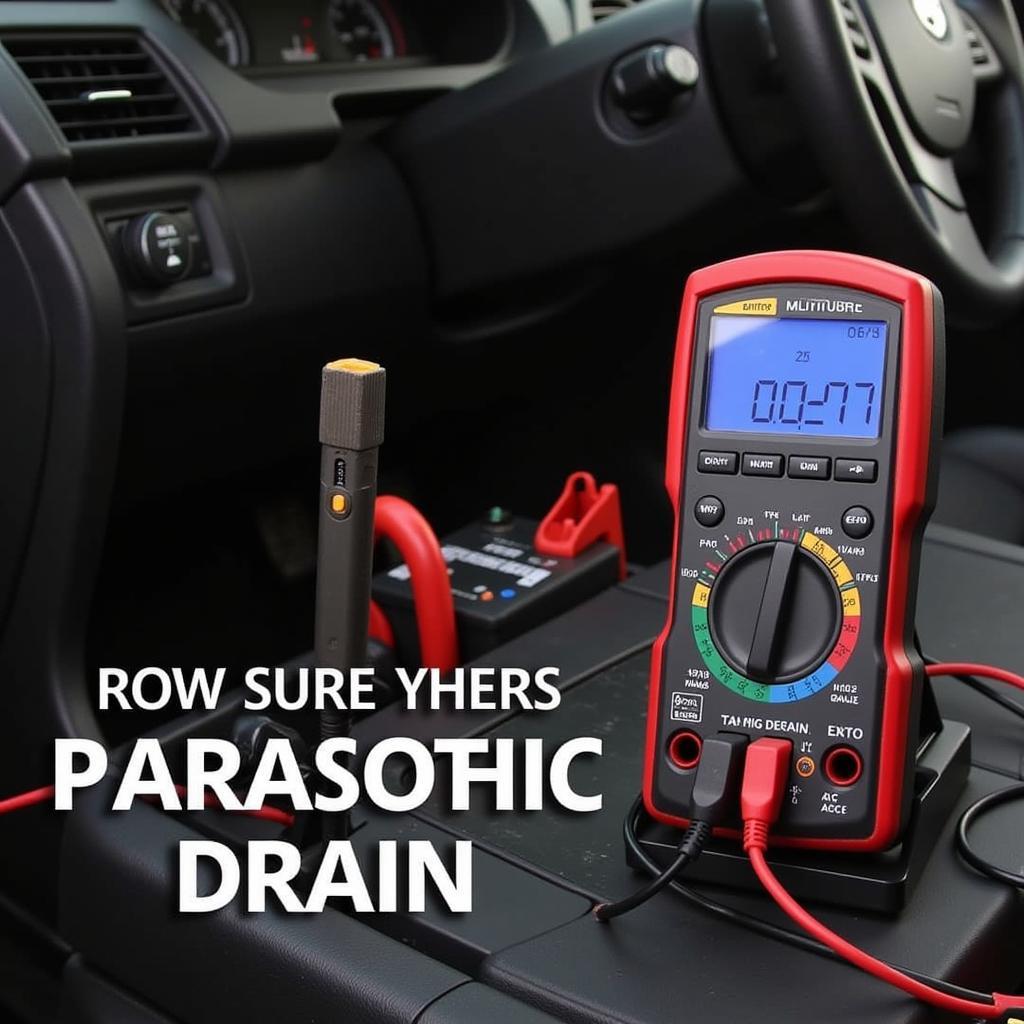Your car won’t start after a jump start? You’re not alone. This is a frustratingly common problem, and figuring out why can be tricky. This guide will walk you through the possible causes and offer solutions, from simple DIY fixes to more complex issues that might require professional help.
Why Won’t My Car Start After a Jump Start?
There are several reasons why your car might refuse to start even after receiving a jump. It could be a simple issue like corroded battery terminals, or something more serious like a faulty alternator or starter. Let’s break down the possibilities.
Bad Battery Connections
One of the most common culprits is poor connection between the battery terminals and cables. Corrosion can build up over time, preventing the flow of electricity. A simple cleaning can often resolve this issue.
Dead Battery
Even with a jump start, a completely dead battery may not hold a charge. If your battery is old or has been consistently underperforming, it might be time for a replacement.
Faulty Alternator
The alternator is responsible for recharging the battery while the engine is running. If the alternator is faulty, it won’t recharge the battery, even after a jump. This means your car will likely die again shortly after the jump start.
 Testing a car alternator with a multimeter
Testing a car alternator with a multimeter
Starter Motor Problems
The starter motor is responsible for cranking the engine. A faulty starter can prevent the engine from turning over, even with a good battery and alternator. You’ll likely hear a clicking sound when you try to start the car.
Blown Fuses or Relays
A blown fuse or relay related to the starting system can also prevent the car from starting. These are relatively inexpensive and easy to replace.
Troubleshooting a Car That Won’t Start After a Jump
Here’s a step-by-step guide to troubleshoot your car starting problem:
-
Check the Battery Connections: Inspect the battery terminals for corrosion. Clean them with a wire brush and baking soda solution. Ensure the cables are securely attached.
-
Test the Battery: Use a multimeter to check the battery voltage. A fully charged battery should read around 12.6 volts.
-
Inspect the Alternator: With the engine running, the alternator should output around 14 volts. A lower reading suggests a faulty alternator.
-
Check the Starter: Listen for a clicking sound when you turn the key. This can indicate a starter problem.
-
Examine Fuses and Relays: Check the fuse box for any blown fuses related to the starting system.
Expert Advice
“Many people overlook the simple things, like corroded battery terminals,” says John Smith, ASE Certified Master Technician. “A quick cleaning can often save you a lot of time and money.”
“A failing alternator is a frequent cause of no-start issues, even after a jump,” adds Jane Doe, Automotive Electrical Specialist. “It’s important to get it checked if your car dies shortly after being jump-started.”
Conclusion
A car not starting after a jump start can be frustrating, but with a little troubleshooting, you can often pinpoint the problem. Remember to check the battery connections, test the battery and alternator, and inspect the starter and fuses. If you’re still having trouble, it’s best to consult a qualified mechanic. Don’t let a dead battery leave you stranded—take action and get your car back on the road.


